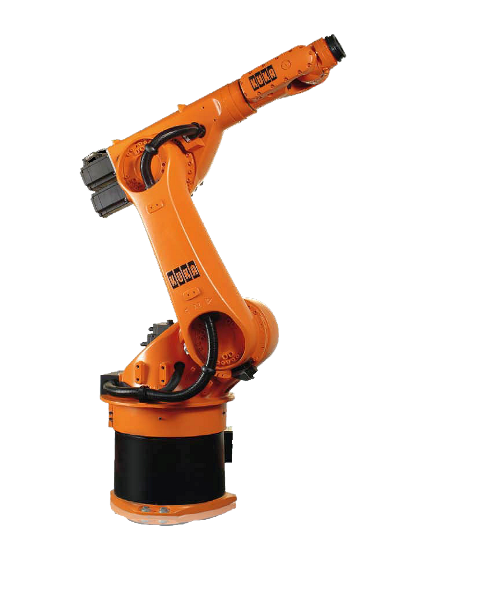Kuka and ABB are both very well-known companies within robotic automation world. Both have been around for decades and have earned a reputation of creating some of the most innovative robots across the globe and each can be credited with some of the biggest firsts in robotic technology history. ABB first burst onto the robotic scene with the creation of the first industrial paint robot. They followed that up a few years later when they developed the first robot controlled by an electric microprocessor. While Kuka became well known when they built the first 6 electromechanically axis robot called FAMULUS.
Kuka and ABB Robotics continue to break the mold when it comes to robotic automation to this day. Kuka created the world’s first cobot, LBR3, that was the first to allow for direct human interaction with robots. ABB has also changed the robotic world with their dual arm cobot, YuMi that can detect flaws otherwise unseen by the human eye. ABB has also developed painting robots capable of being programmed through demonstration instead of a PC.
Both also offer traditional 6-axis industrial robots such as the ABB IRB 2600 and the KUKA KR 10 R1100. ABB robots are commonly utilized amongst automotive, plastics, foundry, electronics, pharmaceutical, and food industries. Kuka robots are also used in the electronics industry as well as the healthcare, energy, metal, and consumer goods industries. However, the vast majority of Kuka robots like the Kuka KR16, are used to automate automotive production lines. Kuka has even moved into more non-traditional industries such as the entertainment industry. Theme parks like Universal Studios have adopted Kuka’s passenger carrying robot for some of their rides.
Both Kuka and ABB offer a number of robot lines that can handle a variety of robotic applications. Some of the applications covered by these companies include: material handling, machine loading and unloading, robotic palletizing, depalletizing, spot welding, automated welding, robotic assembly, and painting. ABB robots start at a payload range of 0.5 kg and go up to 800 kg in payload, while Kuka robots range from 2 kg to up to 1300 kg. Both offer robot models that are capable of different mounting options including wall, ceiling, floor, or inverted for an expanded work envelope. While ABB robots like the ABB IRB 4600-45/2.05, take their work range one step farther with being able to bend fully backwards.
Both robot manufacturers offer robots designed to operate within specialty work environments from those needing stringent cleanliness standards with cleanroom robots to those that are extremely harsh environments like foundries. Both manufacturers build IP67 rated robots to prevent dust or liquid intrusion. For foundry work Kuka further protects its robots with a special heat and corrosion resistant coating. While ABB internalizes the robot wires and electric to prevent any failures or wear while operating in rough conditions.
When selecting the right robot there are a lot of factors that need to be considered, such as application type, payload, reach, and price point. ABB and Kuka both have strong reputations amongst the industrial world for building reliable, efficient, durable, and high-quality robots.
Robots Done Right |
Used Robot Sales |
Comparing KUKA and ABB Robots





Robots Done Right is the place to start when it comes to used robots. Contact Matt at 440-724-6568 or by email mm@robotsdoneright.com if you are interested in buying or selling your used robot.